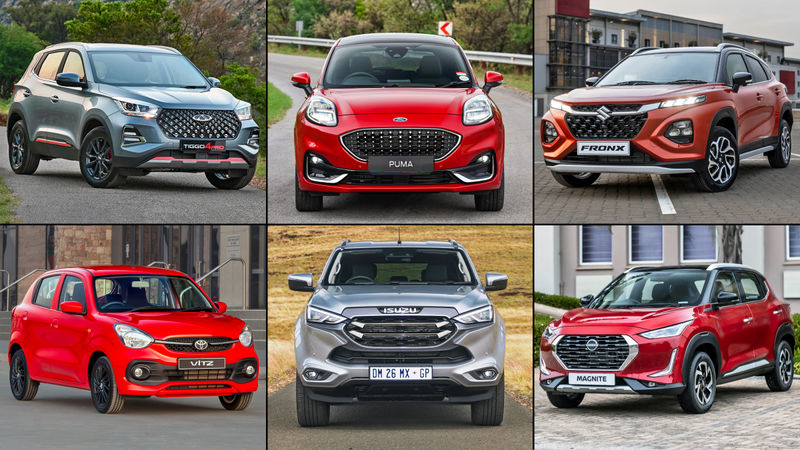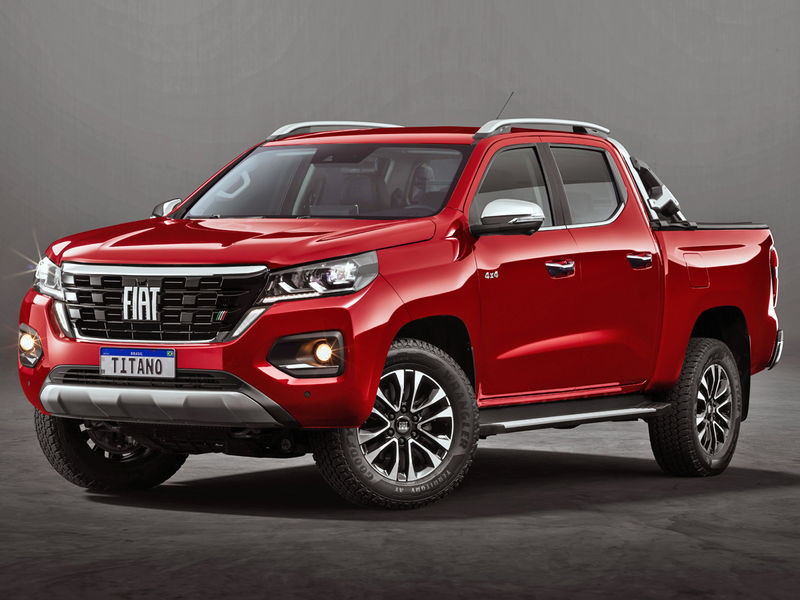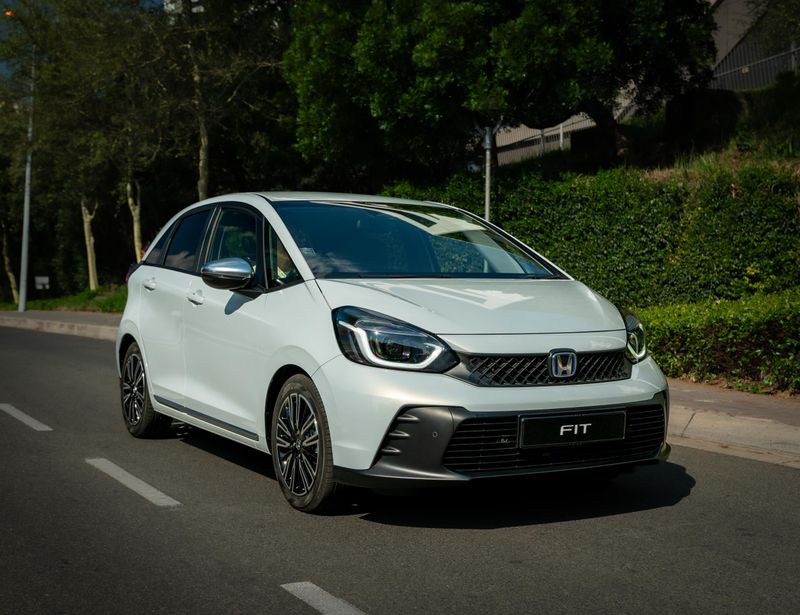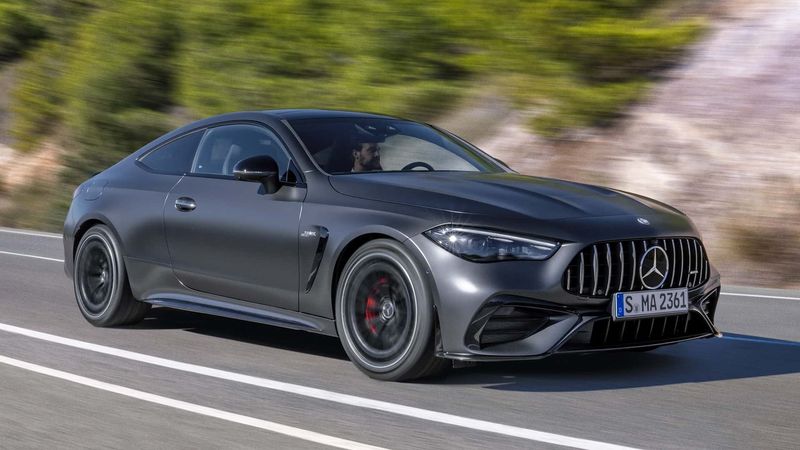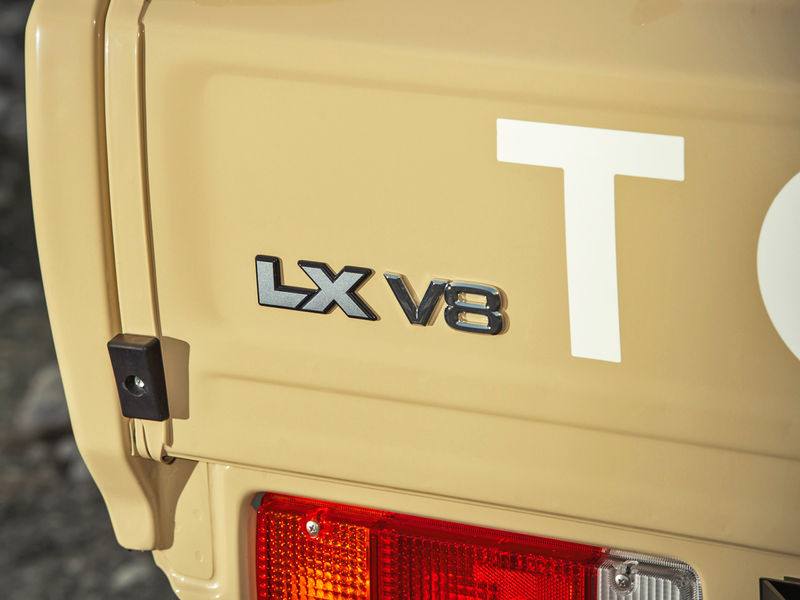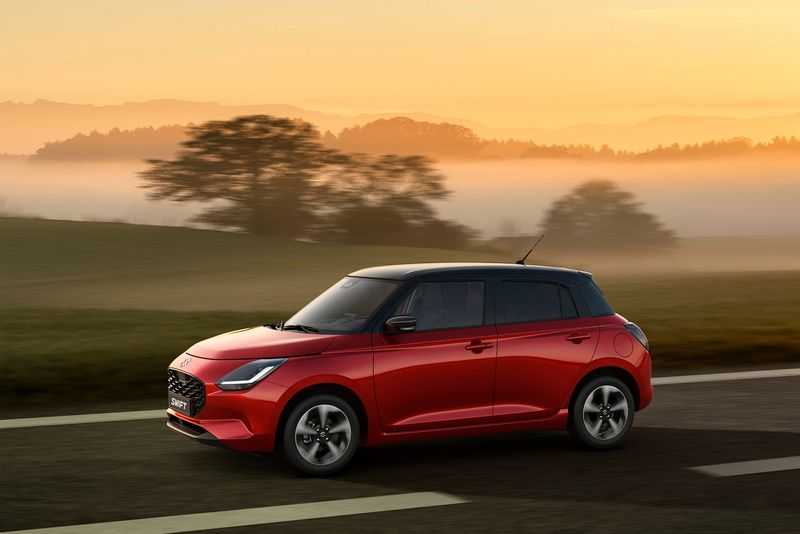











It’s clear Hyundai has adopted an entirelynew design philosophy. Gone are the days when a Tucson or a Creta hadan inoffensive exterior designthat was easy to live with, but didn’t deserve asecond glance on the driveway just before you made your way inside the house. But things have changed.This new Tucson has creases and zig-zag lines everywhere and the new cascading grille with integrated LEDs makes a real statement. It’s as distinctive an SUV as you’ll find in the segment and, because it’s based on a shortened Santa Fe platform,it’s actually a much bigger car than the model it replaces.

Length-wise, it’s 150 mm longer and its wheelbase has increased by 85 mm. The model’s width and height remain similar, while the ground clearance has been raised by 9 mm. Although the roofline seems to slopequite dramatically towards the tailgate, the load-bay capacity is up by 51 litres (539 litres), which makes the newcomermorepractical in every measurable way than the 3rd-generation Tucson.
The engine range has gone through a mild redevelopment to improve efficiency and deliver more usable power, but for now (March 2021), there is only a naturally aspirated 2.0-litre petrol and a 2.0-litre turbodiesel to choose from in the Tucson line-up. Word is Hyundai will look at expanding the range to include a 1.6-turbopetrol at a later date, provided that it wouldn’t make the derivative/s too expensive.
With the introduction of a new platform, Hyundai has taken the opportunity to improve the body rigidity, while including more sound-damping measures, both of which reduce noise,vibration and harshness.

There is more legroom in the new Tucson and the boot is bigger than the outgoing model.
Over and aboveofferingadditional luggage space, the new Tucsonalso boasts better rear legroom (courtesy of its stretched wheelbase), somost aft occupants will be able to stretch out and relax. The rear seats have ISOfixchild-seat anchor points and can fold down flat in a 60/40 split; we look forward to testing the Tucson’s utility space (which we expect to be significant)when we’ll do a full evaluation.
The standard connectivity spec is pretty good with a wireless charger fitted to every derivative, complete with an 8-inch infotainment system. Android Auto and Apple Carplay compatibility is also included on the standard features list, as are heated front seats (the Elite versions also feature a cooling function). TwoUSB ports are available upfront, withcharging ports provided for rear passenngers.
For a full list of specifications, check out this article
The strengthened chassis has also improved the crash structure of the new Tucson, but Hyundai has nonetheless included more safety features in the higher-spec derivatives. Stability control is now available across the range, while the top-spec Elite version includes new features such as blind-spot collision avoidance, lane-keeping assist, main-beam assist and forward-collision avoidance assist. This increase in safety specification is likely a move to keep the model on par with offerings from the Chinese contingent, such as the Haval H6, which offer all the modern safety features at keen price points.
The Tucson may look like it’s from outer space, but inside it’s pure Hyundai, with unimpeachable interior build quality. All the panels feel securely fastened and there’s not a creak to be heard from prodding any of the trim. The materials are mostly soft-touch and durable. It may not quite be as fashionable on the inside as its bold exterior design suggests, but it feels like a top-tier product within its segment.

The 2.0-litre turbodiesel would definitely be our choice of engine in the current lineup.
We were only afforded the opportunity to drive the 2.0-litre petrol model in Elite guise. For all the talk of development on the 2.0-litre naturally-aspirated engine, including a lighter (all-aluminium)block,an integrated thermal management module and continuously variable oil pump, the engine now produces exactly the same power (115 kW) and less torque (192 Nm vs 196 Nm) than its predecessor.
If there’s something an SUV needs plenty of, it’s torque (or pulling power), becausethis helps to get heavier cars moving from a standstill and improves in-gear acceleration. Although the 2.0-litre petrol motor’s claimed 8.9 L/100 km consumption figure looks encouraging, the Tucson sits at the bottom of the pile when it comes to power and torque figures compared with its segment rivals.
This engine is fitted with a 6-speed automatic transmission and while the gearbox shifts quickly, we found itconstantly huntedfor the appropriate ratio to keep the powerplantin the optimal torque zone (at 4 500 rpm). This engine and gearbox combowould best suit in-town (lower-speed) driving, because once you’re out on the freeway or open roads, it can be frustrating to maintain speed or accelerate.
Search for a used Tucson here
The 2.0-litre turbodiesel, on the other hand, has improved power and torque outputs (up 7 kW and 16 Nm) over the previous diesel motor. If yourbudgetcan stretch to the flagship turbodiesel derivative, then it’s clearly the better choice for long road trips or holiday excursions. Furthermore, it uses an 8-speed automatic transmission, which is better at keeping the engine in the optimal torque zone.

The interior is well-built and features an acceptable level of spec across the range.
The new Tucson certainly rides firmer than the outgoing model and exhibits far less body roll when cornering. The steering is much better weighted and delivers more feedback, which is commendable, seeing as the outgoing model’s ‘wheelwas particularly vague and made the car’s handlingseem floatier than it actually was.
On bumpier stretches of road, the ride might be a little too firm for the average family car buyer, but the Tucson feels planted if you venture down a dirt road – it seems to settle nicely on washboard gravel.
| Tucson 2.0 petrol Premium | R519 900 |
| Tucson 2.0 petrol Executive | R569 900 |
| Tucson 2.0 petrol Elite | R634 900 |
| Tucson 2.0 diesel Elite | R699 900 |
All Hyundai Tucson derivativescome equipped with a 7-year/200 000 km warranty and a 6-year/90 000 km service plan.

The new Tucson is a more desirable product than before with better standard spec.
The 2.0 Premium is the star here;Hyundai continues to specify its base-spec Tucson with all the essentials that the majority of family-SUV (medium-SUV) buyers are likely to require. It’s nice to see that with this new model’s introduction, additional active safety features have been made available for our market. Unfortunately, the petrol engineis a little underpowered, but it isthere or thereabouts compared withsimilar units in the segment.
The torquey 2.0-litre turbodiesel is certainly the engine most would want, but it’s only available in the top-spec Elite derivative – Premium or Executive turbodiesels would be very welcome. Unfortunately, the cost of the engines available in Europe, which all feature mild-hybrid tech, would price the Tucson out of the market.
On the positive side, the 4th-generation Tucson is more spacious inside and Hyundai continues to set the segment standard when it comes to interior build quality and after-sales support (consider the 7-year mechanical warranty and 6-year service plan). If the market response to the recentcrop of Hyundai SUVs(Creta and Santa Fe) are anything to go by, this model is bound to remain popular in Mzansi.
